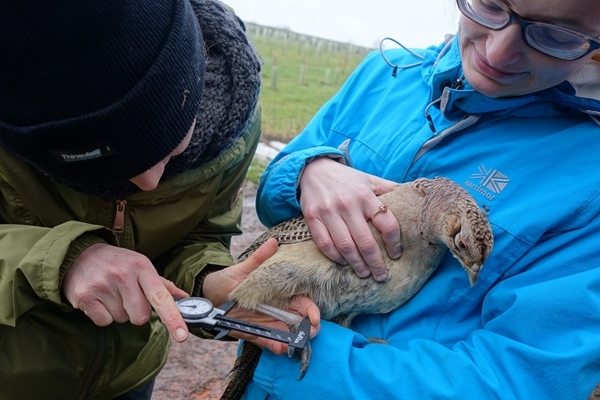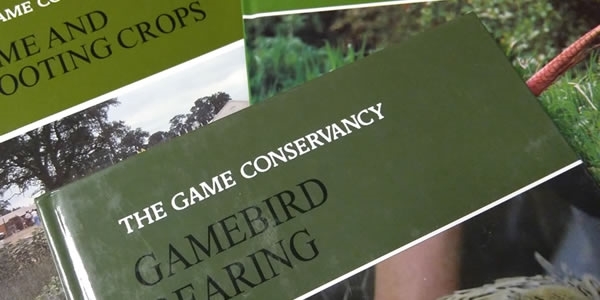
A NEW study has been launched at the Game & Wildlife Conservation Trust’s (GWCT) Allerton Project to investigate pheasant breeding success.
The lowland game bird team has started the three-year radio tracking project following difficult breeding seasons with no more than a handful of hens producing under 20 chicks each year.
To understand the lack of response from wild gamebirds, the team will tag and follow 40 hen pheasants from March through to the end of the breeding season.
The researchers will investigate factors, such as habitat use, reasons for adult mortality in the pre-breeding phase, monitor nest predation and document-fledged chick survival where possible. In addition to radiotracking, trail cameras will be used to identify nest predation events and sampling of carcases, droppings and soil which will provide insight in to disease and worm burdens on the site.
Rufus Sage, who is head of lowland gamebird research at GWCT, said: “During the early years of GWCT ownership, the Allerton Project Estate supported a healthy population of wild breeding pheasants with no releasing. This was followed by withdrawal of wild bird keepering which demonstrated, among other things, the demise of the wild pheasant population. In recent years, the aim has switched to supporting a wild breeding pheasant population on the farm alongside the release-based shoot.”
“Ultimately, the aim of this project is to implement a specific management plan that provides the Allerton Project with the best chance of re-establishing wild gamebirds alongside releasing.”
So far, using a licence from Natural England, GWCT students Meg Speck and Charlotte Parker have caught and tagged 40 hen pheasants. Radio-tracking work has started, and GWCT will report its findings in the autumn.
The shoot at Loddington has been running since 1992 when the demonstration farm opened.
For demonstration and research reasons, the approach to the shoot’s management has varied from full-scale, wild bird keepering during the first 10 years of the project, to the systematic removal of predator control and supplementary feeding, being to quantify their contribution to both game and wider wildlife species.
A great deal has been learnt over this period and, in 2011, the shoot was rebuilt, but this time with an emphasis on running a sensitively-managed released bird shoot supplemented by wild game. Important components of wild game management are being improved or reinstated, such as nesting, brood-rearing and winter driving cover, supplementary feeding and spring and summer predator control.
Austin Weldon, central advisor at GWCT, explained: “Despite these efforts, wild game continues to perform poorly but, interestingly, songbirds have almost doubled in number and hares have also responded positively.”

Get over 50% off GWCT Advisory Guides
We have a special offer on three fantastic guides written by the GWCT Advisory team. These essential, informative hardback books are now only £5 each - meaning you can save over 50%.
Stocks are limited - get yours before it's too late
Titles include Predator Control, Gamebird Releasing, Game and Shooting Crops and Gamebird Rearing.
View all books >